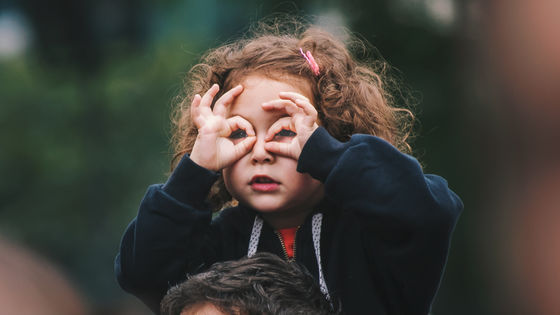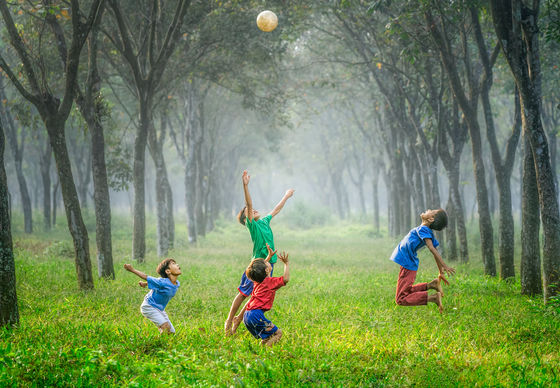The number of 'children with myopia' is increasing rapidly due to the pandemic of the new Corona

The pandemic of the new coronavirus has changed the lifestyles of people around the world, and
Myopia incidence and lifestyle changes among school children during the COVID-19 pandemic: a population-based prospective study | British Journal of Ophthalmology
https://bjo.bmj.com/content/early/2021/07/15/bjophthalmol-2021-319307
The Global Pandemic Could Be Causing More Shortsightedness in Kids Than Ever Before
https://www.sciencealert.com/the-global-pandemic-might-be-weakening-the-eyes-of-children
In 2020, a group of researchers in Hong Kong conducted a visual acuity test on 709 children aged 6 to 8 years, and the following year on the same subject. Then, it becomes clear that the incidence of myopia has increased significantly compared to before the pandemic of the new coronavirus.
Although it is not possible to determine from the data whether poor vision is directly related to the pandemic of the new coronavirus, spending time outdoors is known to reduce the risk of developing myopia in children. On the other hand, 'work that keeps watching the screen' such as operating a smartphone or playing a video game tends to reduce eyesight.
In 2018, a study was published showing that 'playing outdoors' reduces the risk of developing myopia in children. Therefore, it is quite possible that the pandemic of the new coronavirus caused the school to be closed and children to play outdoors less often, causing the children's vision to deteriorate.

A group of Hong Kong researchers who published the study said, 'Home isolation and school closures against the pandemic of the new coronavirus will not last forever. However, rising and dependent digital device utilization and long-term homes. Changes in behavior due to being in quarantine can have long-term consequences, especially for children, to 'accelerate the progression of myopia.' '
Hundreds of thousands of students undergo vision tests each year in China, and analysis of these data reveals that
Data released in January 2021 also show that the incidence of myopia in children under the age of 6 in China is three times higher than before the new coronavirus pandemic in 2020. increase. Therefore, a group of researchers who released the data said, 'Since the incidence of myopia like this time is not seen in other years, it is probably due to the abnormal situation caused by the outing ban period in 2020. There is a high possibility that it is. '

In addition, a group of researchers who announced a new research survey said, 'In the survey before the pandemic of the new coronavirus, the incidence of myopia was 13.15% in one year, but after the pandemic of the new coronavirus. Has recorded an incidence of 19.44% in just eight months, which means that it is clear that the incidence of myopia increased during the pandemic period of the new coronavirus. ' It is pointed out that it is highly possible that the virus was affected.
It is unclear what lifestyles of the children affected the incidence of myopia, but a questionnaire survey showed that the pandemic reduced the time spent outdoors by 68%, and a day of playing outdoors. It is also clear that the average time is only '24 minutes'. On the other hand, 'time to stare at the display' such as TV screens and smartphone screens has increased nearly three times compared to before the pandemic, and the daily average has increased from two and a half hours to seven hours.
The group of researchers also explained that 'there was no clear relationship between the time spent looking at the screen and the progression of myopia,' and the longer time spent looking at the display directly affected vision loss. It is unknown whether or not it was done.
Related Posts:
in Science, Posted by logu_ii







